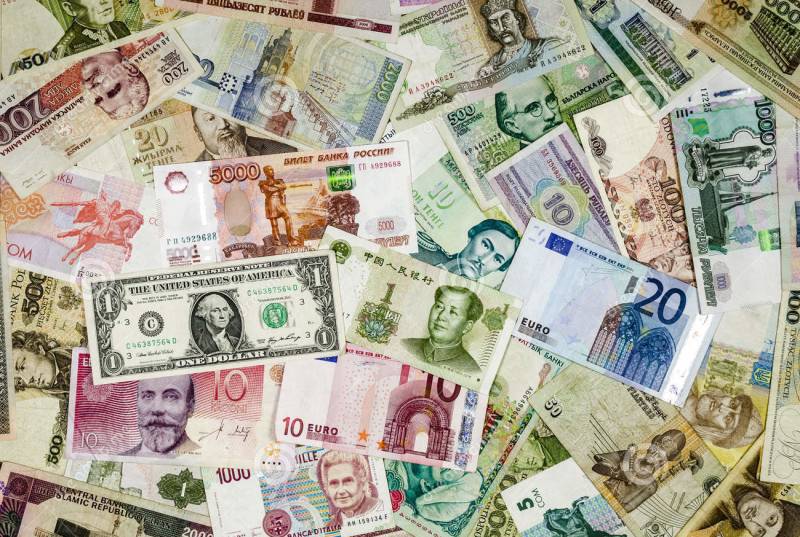

The higher the expected inflation in a country, the more compensation investors will demand when investing in a particular currency.) Has currency trading always been as active as it is today? (When looking at interest rates, it is important to distinguish between real rates and nominal rates, with the difference reflecting the rate of inflation. The theory behind this relationship is called the interest rate parity theory. Interest rates have to change to stop this movement.

If the real return (adjusted for inflation) on a financial asset differs between two countries, investors will flock to the country with the higher returns. Otherwise, consumers will start to buy goods in the cheaper country.Ī similar principle applies when looking at money itself and considering interest as the price for money. dollar, the exchange rate has to adjust so that the pound buys more dollars than previously. If the purchasing power of the British pound increases relative to that of the U.S.
Currencies exchange rates mac#
dollar is two and the price of a Big Mac is £2.50 in the U.K., a Big Mac should cost $5 in the U.S. In a simplified example, assuming the exchange rate between the British pound and the U.S. In a perfect world, a Big Mac should have the same value everywhere in the world, regardless of the local currency. The most common theory to explain the relationship between two currencies that can change in value is the purchasing power parity theory, which can be illustrated with the “Big Mac index” created by The Economist magazine. dollar is the most commonly used reference currency, which means other currencies are usually quoted against the U.S. An exchange rate GBP/USD of two, for example, indicates that one pound will buy two U.S. The exchange rate gives the relative value of one currency against another currency. What determines exchange rates between currencies? traders, who then pass positions back to Asia at the end of their business day. At the end of each business day in Asia, traders pass their open currency positions to their colleagues in Europe, who – at the end of their business day – pass their open positions to U.S. FX markets are effectively open 24 hours a day thanks to global cooperation among currency traders.
Currencies exchange rates iso#
Some of these ISO codes are included in the chart below:Įvery day, trillions of dollars in currencies change hands in a highly professional interbank market, in which electronic trading platforms link currency traders from banks across the world. The foreign exchange (FX) markets, however, use ISO (International Organization for Standardization) codes to identify currencies.

Currency symbols exist for most currencies, such as $, €, ¥ or £. dollar, euro, Japanese yen, British pound and Swiss franc. The best-known currencies include the U.S. Currency describes the money or official means of payment in a country or region.


 0 kommentar(er)
0 kommentar(er)
